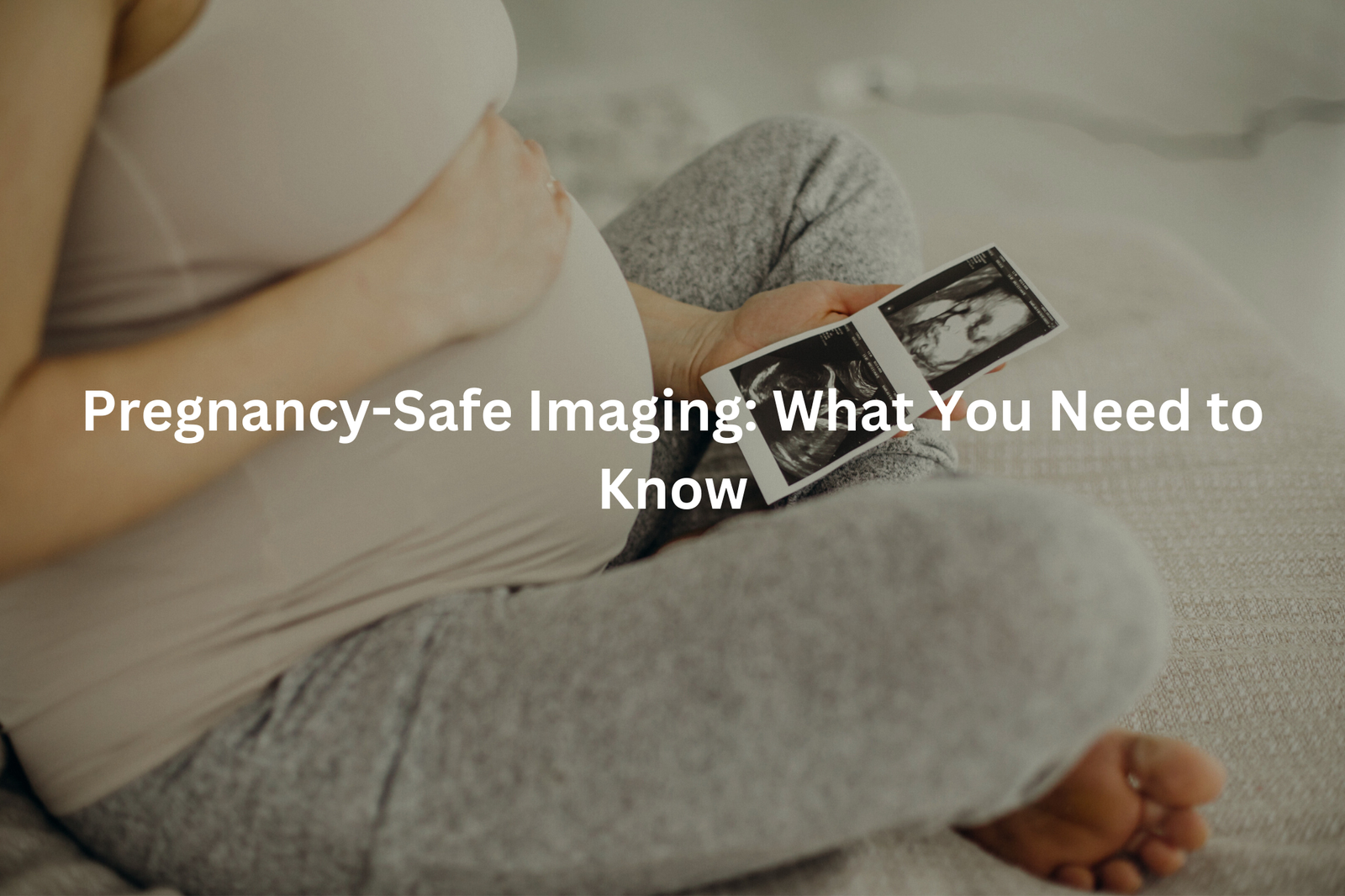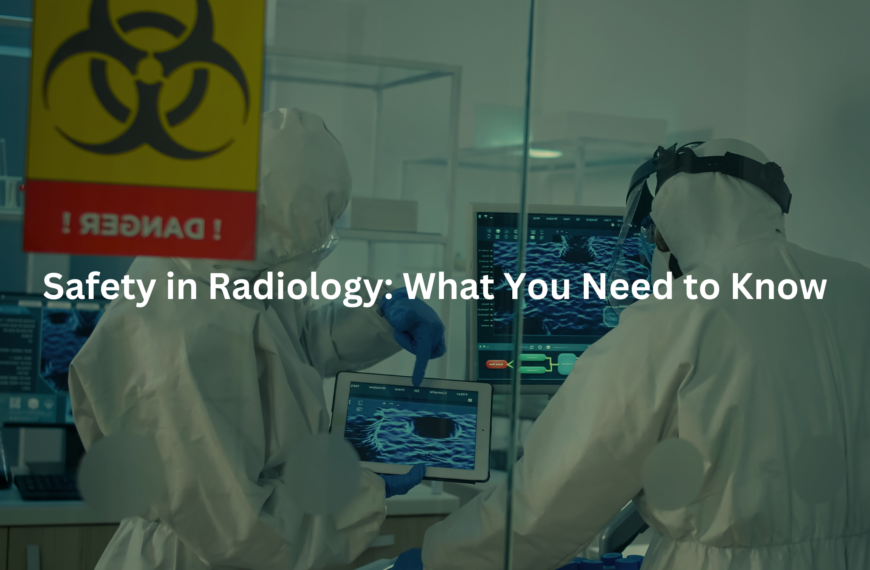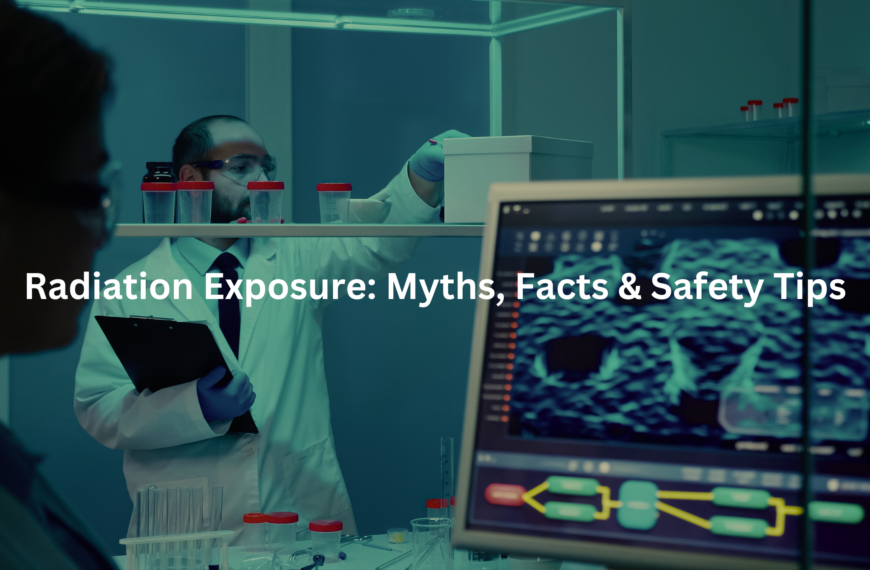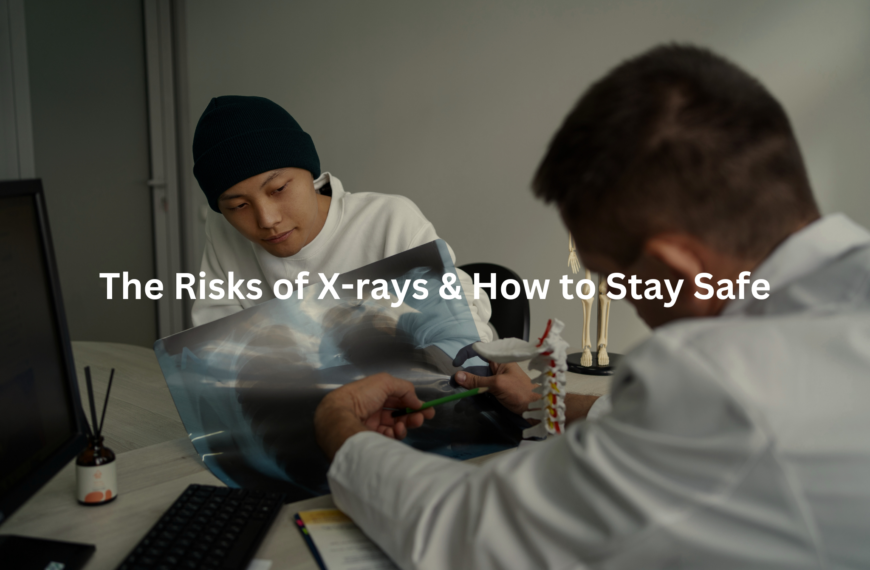Pregnancy-safe imaging: Are ultrasounds, X-rays, or MRIs safe for your baby? Find out which tests doctors recommend and how to protect your little one.
Regular check-ups during pregnancy (a process that lasts about 40 weeks) make a big difference in keeping mum and baby safe. Doctors use ultrasound scans, which send sound waves through the belly to create pictures of the growing baby. These scans don’t hurt and take around 20 minutes. CT scans and MRIs use stronger types of imaging that might affect the baby’s growth, particularly in the first 12 weeks.
Medical professionals suggest avoiding these unless absolutely needed, and pregnant women should ask their healthcare provider about safer options for their situation. So if you’re curious about pregnancy-safe imaging and want to make sure your baby is safe, keep reading to learn more about these tests and what’s best for you and your little one!
Key Takeaway
- Some imaging tests are safe for pregnant women.
- Doctors use special rules to limit radiation during tests.
- If you’re worried, always talk to your doctor.
Different Types of Imaging Tests
Different types of medical scans work in unique ways to show what’s happening inside a pregnant person’s body. Each scan has its own safety level and purpose.
Ultrasound stands out as the safest option, using sound waves instead of radiation to create pictures. It’s perfect for checking the baby’s growth and heartbeat (the familiar whoosh-whoosh sound parents hear during check-ups).
Other common scans include(1):
MRI
- Uses magnets and radio waves
- No radiation exposure
- Generally safe but needs doctor approval
X-rays
- Low radiation (0.1 millisieverts)
- Equal to 10 days of natural background radiation
- Doctors use protective shields
CT Scans
- Higher radiation (2-10 millisieverts)
- Used only when absolutely needed
- Doctors avoid contrast agents
Medical professionals choose scans based on what they need to see. Pregnant patients should ask their doctors about radiation levels and possible alternatives before any imaging procedure.
Understanding the Risks of Radiation
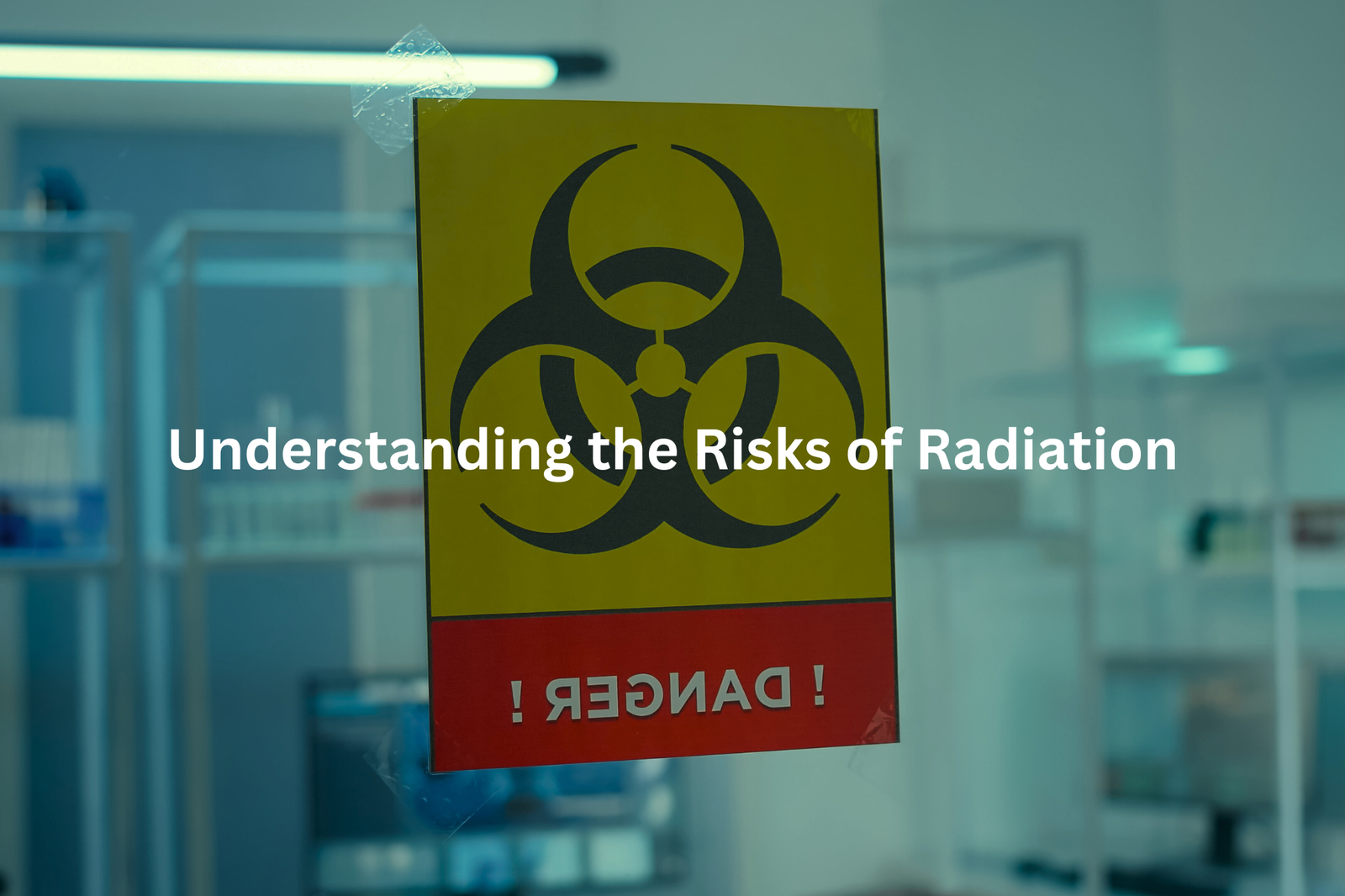
Pregnant patients often worry about medical scans. The facts show some scans don’t use any radiation at all, while others need careful thinking about.
Safe options like ultrasound and MRI don’t use radiation, making them the first choice for pregnancy checks. For X-rays, the numbers tell a clear story – a chest X-ray gives about 0.1 millisieverts of radiation (that’s like ten days in the sunshine). CT scans of the head or neck stay quite safe too.
But belly and pelvis CT scans need more care, as they can give about 10 millisieverts. That might change cancer risk from 1 in 500 to 1 in 200 – still rare, but worth noting.
Questions for the doctor:
- Is this scan really needed right now?
- Can we use ultrasound instead?
- How can we keep radiation as low as possible?
The right scan at the right time helps both mum and baby stay healthy.
What If You Find Out You’re Pregnant After an Imaging Test?
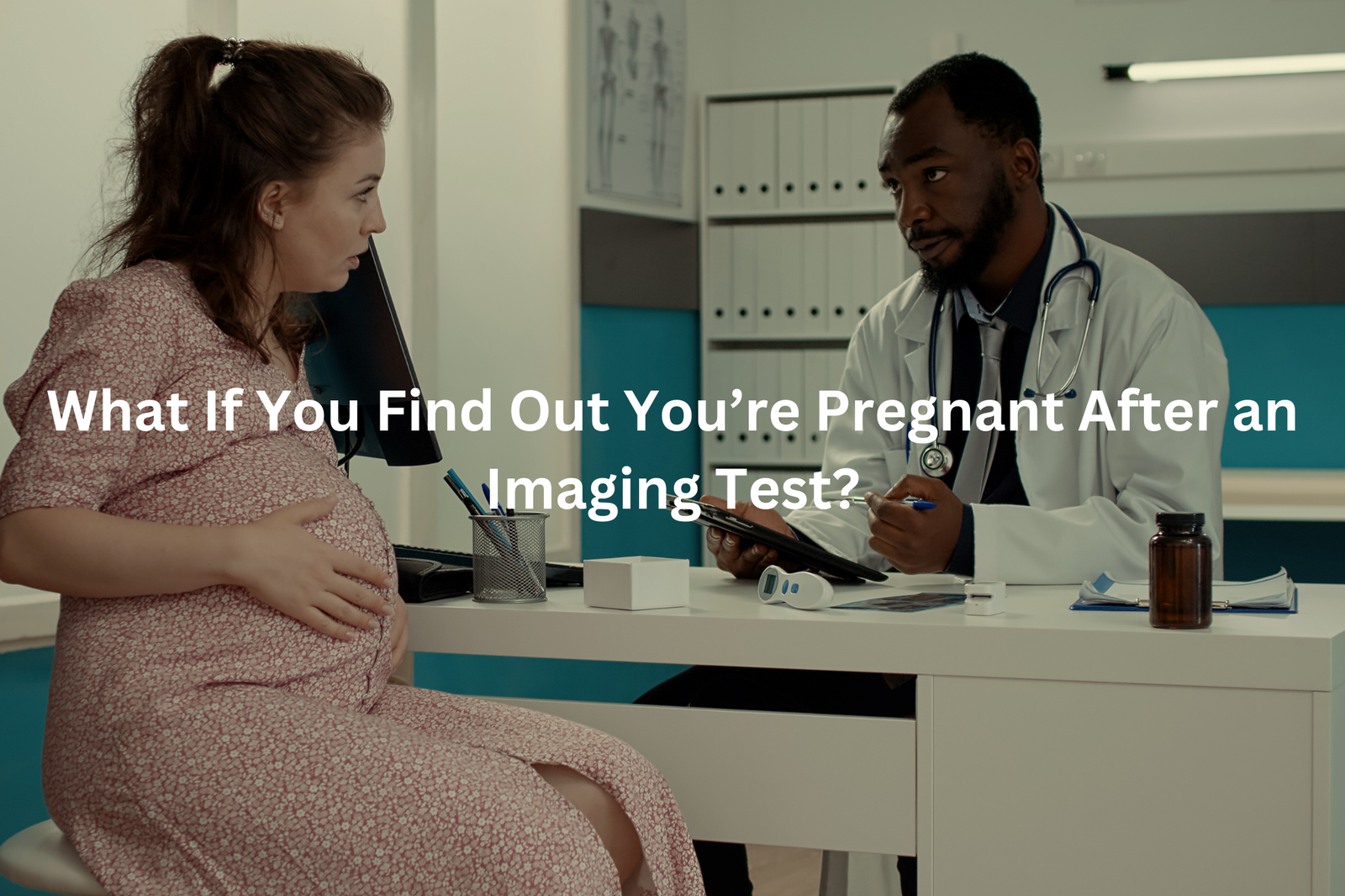
Medical scans create worry for pregnant women, but science shows the risks are often quite small. Different scans give off different amounts of radiation (measured in millisieverts, or mSv), and the risk depends on which body part gets scanned.
Common medical scans and their radiation levels:
• Dental X-rays: 0.005 mSv, no known risk
• Chest X-rays: 0.1 mSv, similar to a cross-country flight
• Head CT scan: 2 mSv, extremely low risk
• Abdominal CT scan: up to 10 mSv, needs careful consideration
Most scans done before someone knows they’re pregnant don’t harm the baby(2). The radiation from chest or dental X-rays stays far from the growing baby, while abdominal scans might need more discussion with a doctor.
Anyone worried about recent scans should speak with their healthcare provider. They can work out exact radiation doses and explain what these numbers mean for both mum and baby.
Extra Information for Pregnant Women
Sources: Queensland X-Rays.
Medical scans during pregnancy often cause worry. A CT scan before finding out about pregnancy brings up questions about safety for the baby.
X-rays and CT scans use different amounts of radiation (measured in millisieverts or mSv). Basic X-rays of teeth or limbs give less than 1 mSv, making them quite safe. Head and neck CT scans don’t reach the baby at all. Abdominal CT scans give about 10 mSv, which means a tiny increase in risk.
Good news: ultrasounds and MRIs don’t use any radiation(3). They’re always safe during pregnancy.
Anyone worried about a recent scan can call healthdirect (1800 022 222) or talk to their doctor. Medical staff can work out exact radiation doses, which are usually much lower than expected.
Some quick facts:
- Most scans are safe
- Doctors can calculate exact exposure
- Early pregnancy is protected by the body
- Ultrasounds have zero radiation risk
For specific concerns, doctors and midwives are ready to help explain everything.
FAQ
What are the health risks of low-dose radiation from medical imaging during pregnancy?
While medical imaging like CT scans use low doses of radiation, there are still some potential health risks for the pregnant woman and developing foetus. The risk depends on the type of imaging, the dose, and the stage of pregnancy. Generally, the risk of genetic damage or other adverse effects is low, but it’s important to follow the ALARA principle (As Low As Reasonably Achievable) to minimise radiation exposure. Discuss the benefits and risks with your healthcare provider to make an informed decision.
How can I reduce the radiation risk from CT scans and other medical imaging during pregnancy?
Your healthcare provider will aim to use the lowest possible radiation dose that still provides the necessary image quality. They may also recommend alternative imaging methods like MRI or ultrasound, which don’t use ionising radiation. If a CT scan is needed, techniques like automatic exposure control and iterative reconstruction can help reduce the radiation dose. The stage of pregnancy and the part of the body being imaged also affect the foetal radiation dose. Your provider can estimate the dose and discuss the potential risks.
What are the risks of contrast agents used in medical imaging during pregnancy?
Contrast agents like iodinated or gadolinium-based agents can cross the placenta and potentially affect the developing foetus. The risks depend on the type of contrast, the dose, and the gestational age. While the risk is generally low, there are concerns about potential effects on the foetal thyroid, nervous system, and other organs. Your healthcare provider will carefully weigh the benefits and risks before recommending contrast-enhanced imaging. They may suggest alternative imaging methods or adjust the contrast dose to minimise foetal exposure.
How do medical imaging methods like CT, MRI, and ultrasound differ in terms of radiation exposure and safety during pregnancy?
CT scans use ionising radiation and have the highest radiation dose, though modern techniques can significantly reduce the dose. MRI does not use ionising radiation, but there are some concerns about potential effects of the magnetic fields and contrast agents on the foetus. Ultrasound is considered the safest imaging method, as it uses sound waves and does not involve radiation or contrast agents. Your healthcare provider can advise which imaging method is most appropriate based on your specific situation and medical need.
What should I do if I need emergency medical imaging like a CT scan during pregnancy?
In emergency situations, the potential medical benefits of an imaging test usually outweigh the small radiation risks. Your healthcare provider will carefully evaluate the need and use the lowest radiation dose possible to obtain the necessary information. They will also take steps to shield the foetus as much as they can. Discuss any concerns you have, but understand that the priority is ensuring you and your baby receive the critical care needed. Your provider will work to minimise any risks from the imaging.
Conclusion
Pregnancy imaging needs careful thinking. Ultrasounds and MRIs (magnetic resonance imaging) show doctors what’s happening inside without using radiation. CT scans, which use X-rays, need more caution during pregnancy.
The radiation dose from a CT scan ranges from 2-10 millisieverts, depending on the body part. Doctors weigh these risks against medical needs. Pregnant patients should talk with their healthcare team about which scans fit their situation best. Different scans work for different stages of pregnancy.
References
- https://www.betterhealth.vic.gov.au/health/servicesandsupport/pregnancy-tests-and-scans
- https://aci.health.nsw.gov.au/networks/eci/clinical/ed-factsheets/medical-imaging-in-pregnancy
- https://www.pregnancybirthbaby.org.au/radiation-exposure-during-pregnancy

